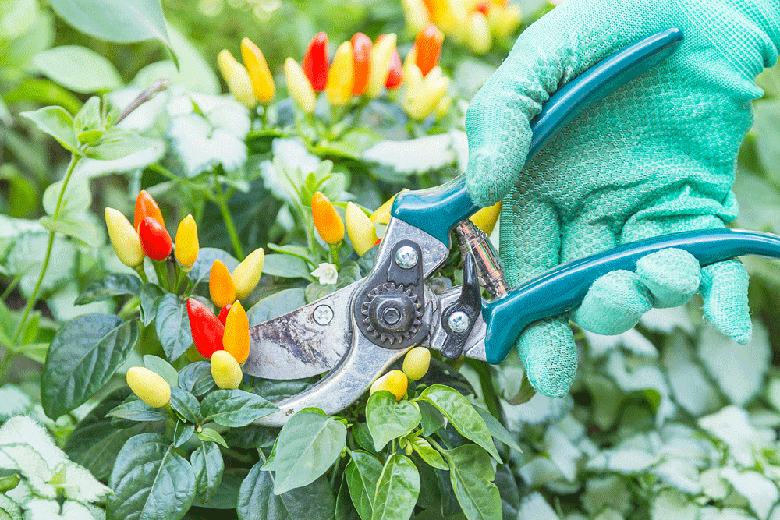
Where it all started
I began this growing season indoors in heated propagators and under grow- lights at the beginning of March. I started seeds in the first week of the month, and followed that up with planting more seeds a couple of weeks later. I started Longhorn F1s, Ciliegia Piccante (Satan’s Kisses), Thai Demons, Barak Chillies, Orange Habaneros, and African Devils.
I also had some overwintered plants from the 2020 season. These were a couple of yellow Scotch Bonnets, Bolivian Rainbows, a White wax and a Trinidad Scorpion Butch T. A few weeks later, I started seeds for Chi Chiens, Purple Tigers,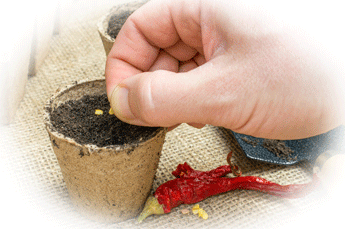 more Scotch bonnets, Habaneros and Prairie Fire Chillies. I didn’t know it at the time, but somehow I managed to plant Apache F1 Chilllies as well.
more Scotch bonnets, Habaneros and Prairie Fire Chillies. I didn’t know it at the time, but somehow I managed to plant Apache F1 Chilllies as well.
It has been a strange season. There has not been much sunshine. The result is that my Chillies have not done as well as I might have hoped. They seemed to take forever to grow. However, with some perseverance and deviating from what I usually do (including changing fertilization and ripening methods), I managed to get some normality back in the season. Well, kind of anyway!
I had quite good germination rates and currently have plants for most of the seeds I started. Right now, many of these plants have fruited. In most instances, the fruit is now ripening. Particularly on the plants I brought indoors early in the season. Some plants, however, have only just managed to flower. Some haven’t even managed to do that. It’s all a bit of a mystery why this happened.
Which Chillies were star performers?
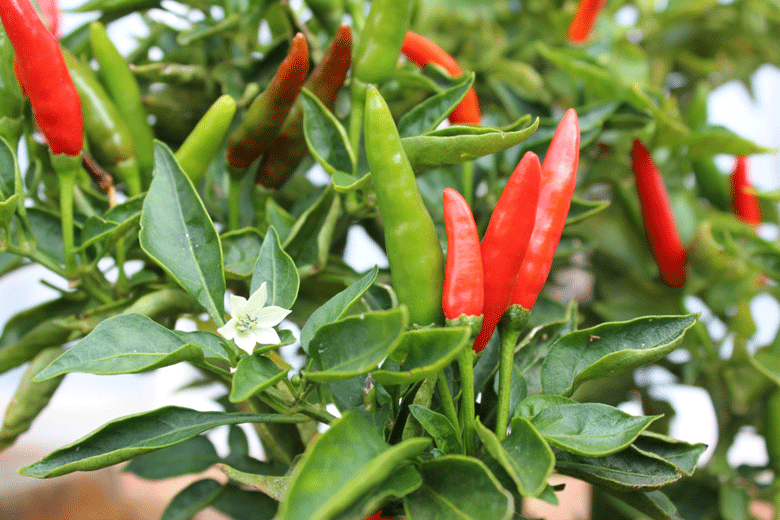
The Chillies that did the best
The star performing Chillies, in no particular order, are the Longhorns, Satans Kisses, Scotch Bonnets, White wax and Chi Chiens. One Chi Chien, in particular, has done particularly well. It was started two weeks later , but got right up there with best in no time at all. The Ci Chien is now in the process of ripening.
Next, has to be the Longhorn F1s and the Satans Kisses. They were definitely quick-growing plants, and both have fruited well. Indeed, both were among the first to set fruit. Ripening, however, seems to be another story. The Satans Kisses 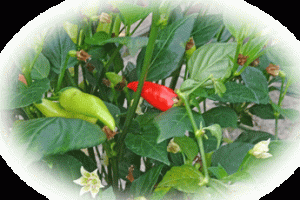 have only now started showing signs of maturation, but the Longhorns and a Scotch bonnet I kept outdoors are still green. The Longhorns have had fully grown fruit since mid-September, but somehow, the pods refuse to turn red! The same applies to the Scotch Bonnet.
have only now started showing signs of maturation, but the Longhorns and a Scotch bonnet I kept outdoors are still green. The Longhorns have had fully grown fruit since mid-September, but somehow, the pods refuse to turn red! The same applies to the Scotch Bonnet.
I was able to bring some of my smaller plants and two larger plants indoors (another Scotch Bonnet and a Chi Chien) to ripen under grow lights. Unfortunately, I was unable to do this with the White Wax Chilli , the other Scotch Bonnet (I have two), the Longhorns and Satans Kisses. They are all over three feet tall, and I don’t have enough space to bring them in as well. This means they have to be kept outdoors, albeit in heated grow tents.
How the overwintered plants did
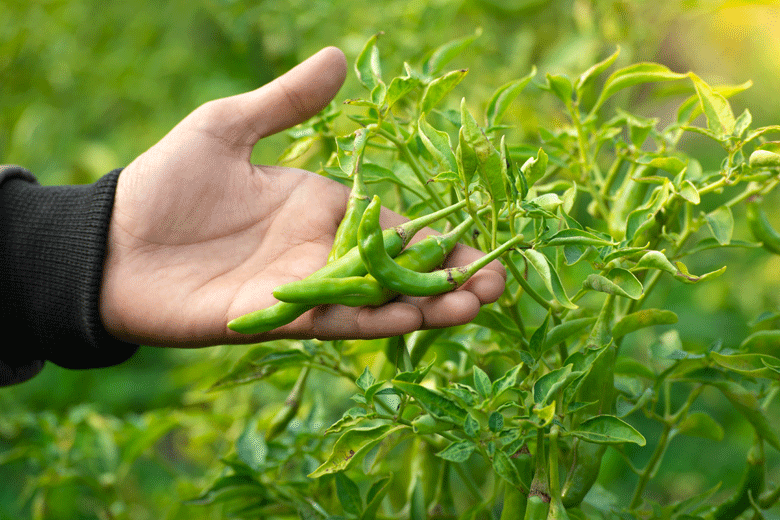
Most have ripened fruit
All the overwintered plants fruited. Some of this fruit has ripened, particularly in the case of the plants that I was able to bring indoors. The Scotch Bonnet plant is now full of ripe yellow Chillis. This was one of the largest plants I was able to place under a grow light. My other Scotch bonnet, which I have kept outside, has not followed suit.
My overwintered White Hot wax has lots of fruit. Some has ripened, but the majority are still yellow. Luckily, unripe fruit from this variety is delicious to eat. Last year I made pickled Chillies with them. This year I am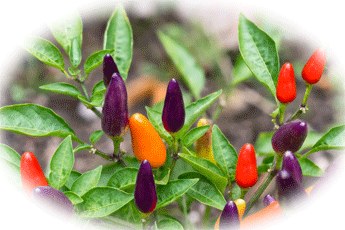 considering doing the same, but will also be making a fermented hot sauce with them. Their flavour is quite citrus like , and I can imagine they will make a great hot sauce.
considering doing the same, but will also be making a fermented hot sauce with them. Their flavour is quite citrus like , and I can imagine they will make a great hot sauce.
Finally, as far as the overwintered plants go, my Bolivian Rainbows have both begun ripening, as has the Trinidad Scorpion Butch T. The Butch T did not deliver much at all, though. It only produced about five Chillies. Luckily, that is probably as much as I can handle. They are, after all, superhot Chillies with a Scoville heat rating of over one million SHU. A single Chilli will probably be enough for at least four curries!
Overwintering Chillies greatly increases the chances of being able to harvest Chillies in the following season. Overwintering works well when you run out of time in any one particular season to get a plant to maturity. By overwintering it , you place the plant in a good position to produce a crop in the next year. Then, you just have to hope the weather plays ball, so that its fruit ripens!
And the winner is

The Apache takes it
I have purposefully kept the smaller plants out of the performance ratings, as they had an unfair advantage. They were, as mentioned above, placed under grow lights – they grew as quickly as the star performers and were the first to ripen. Placing these plants under grow lights certainly made a big difference. It is the first time I have used them to ripen fruit, and am now convinced it works.
With this advantage included, the best overall Chilli for the season has to be the Apache F1. This Chilli was definitely at the top of the star performing Chillies list for 2021. The Apache plants grew quickly, produced lots of fruit and were one of the first to ripen. What’s more, these are exceptionally tasty Chillies .
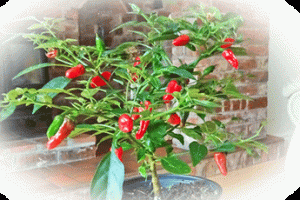 This is one of those strange things that happen when growing Chillies. I wasn’t even aware I had planted this variety, I had them down as something else on their identification tags. When the plants fruited, I didn’t recognize them at all. I had to go through my identification method to find out what they are. I finally identified them as Apaches
This is one of those strange things that happen when growing Chillies. I wasn’t even aware I had planted this variety, I had them down as something else on their identification tags. When the plants fruited, I didn’t recognize them at all. I had to go through my identification method to find out what they are. I finally identified them as Apaches
I’m not sure how this happened. In view of the incorrect labelling, I can only assume Apache seeds somehow found their way into a packet of another variety I planted. This can so easily happen. Anyway, what ever happened, it has turned out with a happy ending. This Chilli is this seasons winner. It is a Chilli that impressed me, no end. What’s more, I have already made a harvest from these plants and made Peri-peri sauce with them.
On a sadder note, the worst performers from this season have been my African devils, Priarie Fires and Orange Habaneros. The Orange Habanero, in particular, has not done well. It is still minute. I expected slow growth from this Chilli, but its size is ridiculously small for an entire season. It is only a couple of inches tall; something has to be wrong there! The African devil and Priaries fared slightly better. They have flowered, but have not borne any fruit. That’s a really pity
Final thoughts
It’s a funny thing, but as much as I have had success with growing other varieties, I have never brought a Habanero to maturity. With this in mind, I have decided that by hook or by crook, I will have success with them next year. Therefore, as part of seed starting, I have started seeds for no fewer than three Habanero varieties. These are the Habanero Maya red, Bellaforma and Green Trinidad. Maya red is the only superhot. The latter two have Scoville ratings of 700 SHU and 3000 SHU respectively ( Yes, you do get mild Habaneros). All of the seeds for these varieties have germinated. I will now nurse them indoors until May next year, when they will be finally potted up, hardened off, and taken outdoors permanently.
